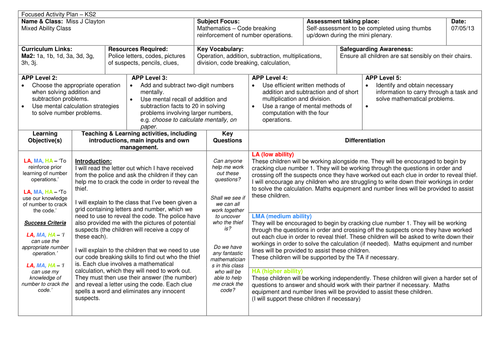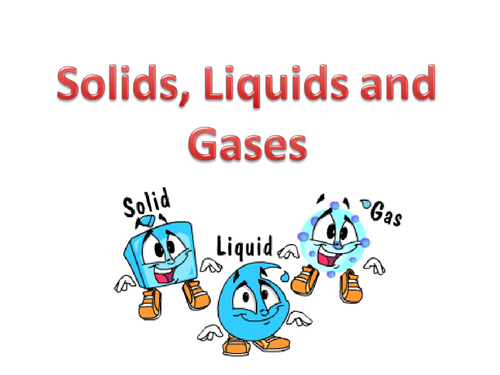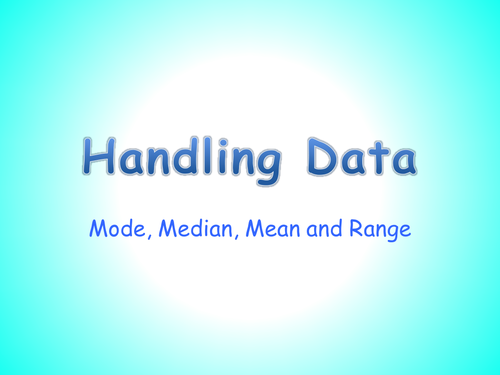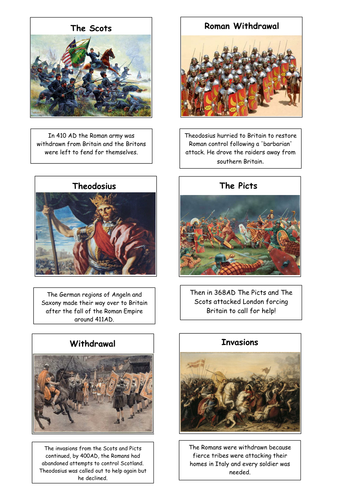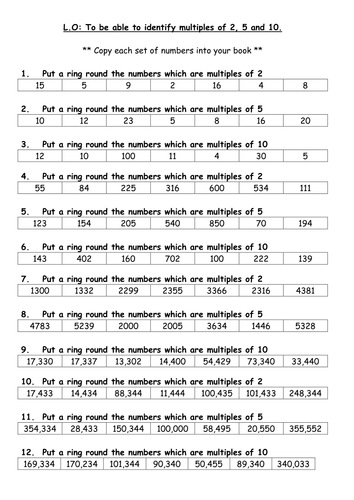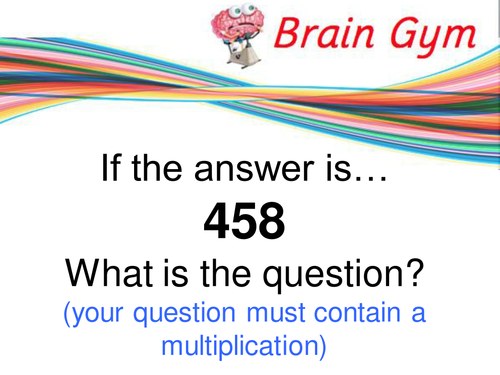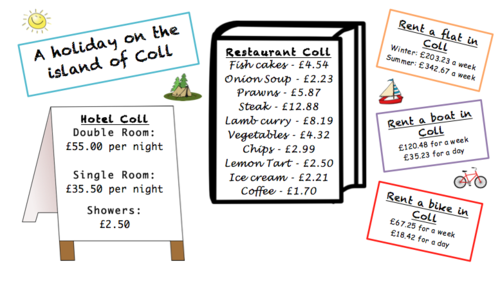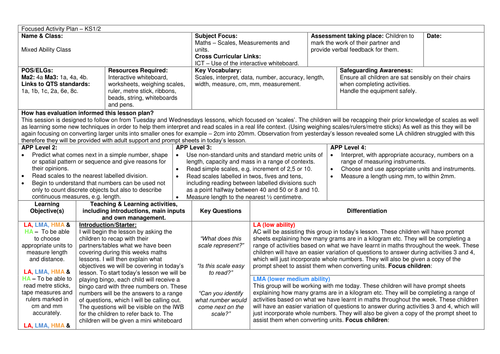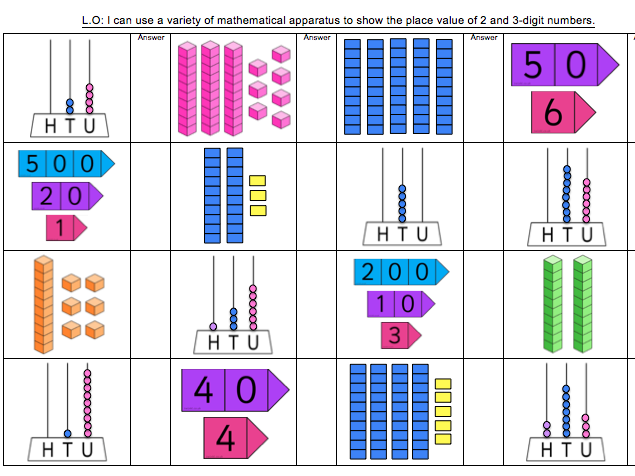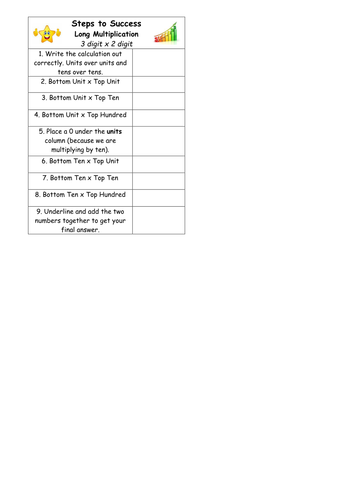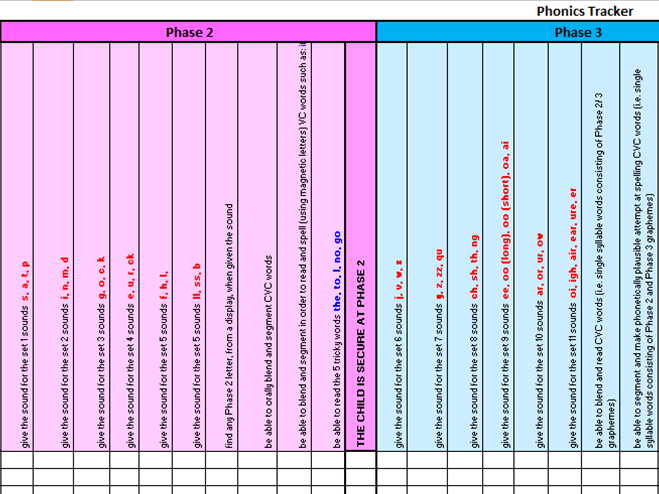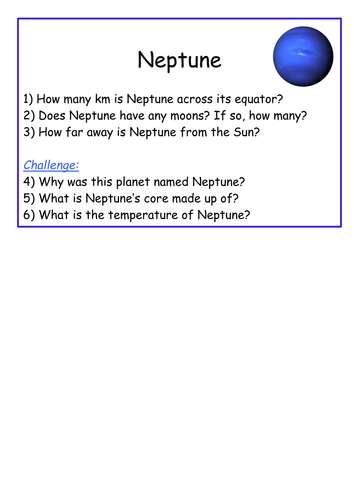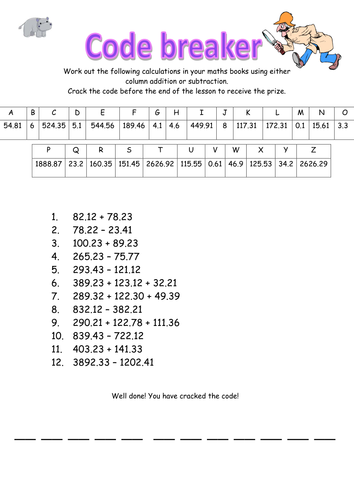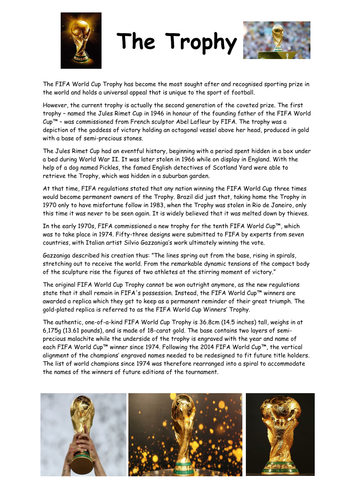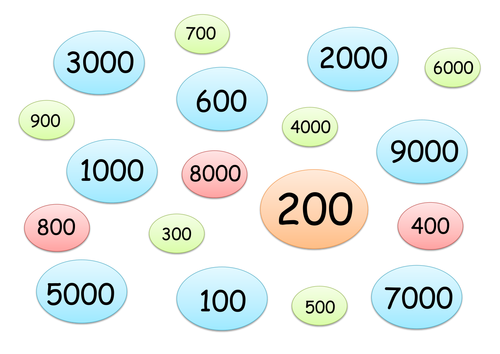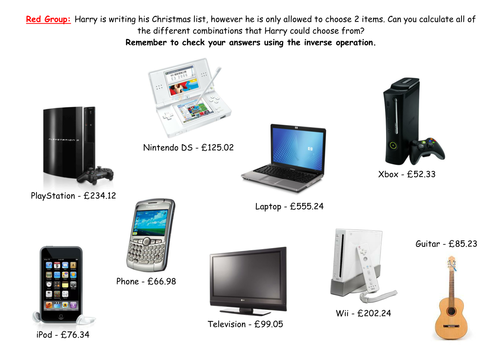
39Uploads
462k+Views
417k+Downloads
All resources

Amazing Code Breaking, Problem Solving Ofsted Maths Lesson!
I created this code breaking maths lesson for an Ofsted observation. The children thoroughly enjoyed it and had so much fun (whilst still learning).
The children are told that they have been selected by the local police to solve a crime. Unfortunately, all of the money from the school office has been stolen and an artist impression of the suspects has been provided. The children must crack the secret police codes to elimate the innocent suspects (cross them off) and reveal the final two suspects. Once this has been completed the last clue is placed on the IWB. Children get a reward for helping the police!
I have differentiated the 4 ways questions (HIPPO - the highest, MOUSE - the second highest, HA - third highest, LA - lowest) but they could be adapted to any year group! I have also included the lesson plan and PowerPoint to help clarify the task. Enjoy!
1st answer = MAN
2nd answer = HAT
3rd answer = BEARD
4th answer = GLASSES
5th answer = MOUSTACHE
6th answer = GINER
2 SUSPECTS LEFT = Kenny and Eric
THIEF IS = KENNY
*PLEASE NOTE I HAVE ADDED 2 ADDITIONAL DIFFERENTIATED SHEETS AND A POWERPOINT*

Solids, Liquids and Gases Powerpoint
This was used within an Year 5 session to introduce 'Gases around us&'.

Mode, Median, Mean and Range PowerPoint
Introduction for KS2 maths on mode, median, mean and range with quick-fire tasks for the children to complete on mini-whiteboards.

Invaders and Settlers - The Picts, Scots, Anglo-Saxons - The Roman Withdrawal From Britain
KS2 History - The Fall of the Roman Empire. Why did it happen? Children learn about the invasions of the Scots, Picts and Anglo-Saxons on a PowerPoint, which has additional tasks to complete. Children then have to create a timeline of events, which has been differentiated three ways (LA, MA, HA). LA - children to simply cut out, order the events based on dates and then stick them down. MA - Children have been provided with all of the images and information, however they have been mixed up - these children must cut out all of the images and information separately and match them together. HA - These children have been given all of the images and dates, however they need to come up with their own captions to explain each event.

Multiples and Factors UKS2 PowerPoint and Differentiated Activities
This is a collection of work based on Multiples, Factors and Squared Numbers. There is a detailed PowerPoint, which I used over 2 weeks and a range of worksheets and differentiated activities to complete.

Brain Gym PowerPoint - Morning Activities KS2
I created this PowerPoint of 47 Slides of different morning 'Brain Gym' activities. I put one of these up on the IWB at the beginning of everyday for the children to complete. They know to start as soon as they come in and they love discussing them and sharing their ideas. The brain gym PowerPoint is easily adapted and I often add to it each morning too,

Problem Solving Activity Decimals/Money
Problem-solving activity which includes multi-step problems differentiated 2 ways. Children will need a copy of the 'Holiday on the Island of Coll' problem-solving sheet to enable them to answer the questions.

Measurement, Scales, Missing Intervals, Converting Measures - KS2
Learning Objectives:
To be able to choose appropriate units to measure length and distance.
To be able to read metre sticks, tape measures and rulers marked in cm and mm accurately.
To be able to make sensible estimates of length in everyday contexts.
To be able to know how many millimetres there are in a centimetre or metre, and how many metres there are in a kilometre.
To be able to interpret a reading between two unnumbered divisions on a scale.
This lesson was an observation lesson and is based on a round robin of 4 activities (which could be spilt up into 4 lessons) used within a KS2 maths lesson. The activity was differentiated amongst 4 groups. LA-red, MA-blue, HMA-orange, HA-green. Children had to work out the missing intervals and complete each activity. A very detailed lesson plan (from my observation) has been attached and I have also attached the lesson expectations for each group to display on their tables to ensure they have met the learning objectives by the end of the lesson. Additionally, there is a game of Bingo whereby the children have to convert measurements. Each activity was set up on a different table and the children were given 10 minutes at each station.

Worksheet on Addition and Subtraction of Decimals
Worksheet on Addition and Subtraction of Decimals, designed for Year 6 to practice inverse operations. The children really enjoyed this activity.

Column Subtraction Bingo
Ask the children to choose 4 numbers from slide 3 and write them on their mini whiteboards. The children must work out the column subtraction either on whiteboards or in their maths books. First child to call bingo wins! Ask the children to choose a new set of numbers (or carry on playing)

Story Map Template
This is a story map template used for KS1 to help plan their fantasy stories. Useful tool in getting children to think about the different stages of their story.

KS1 Place Value Unit of Work
I created these visual activities to reinforce Place Value in KS1. There is 3 lessons worth of interactive Place Value activities. The children found the visual resources really engaging and enjoyed completing them. Each activity has been differentiated 3 ways.

Long Multiplication 'Steps to Success' KS2
Upon introducing Long Multiplication to my Y5 class, I found that providing them with a 'step to success' prompt really benefitted their understanding of the process. I began by teaching 2-digit x 1-digit then onto 3-digit x 1 digit and progressed onto 2-digit x 2-digit and finally 3-digit x 2-digits. I have also attached a PowerPoint presentation which I have adapted offline, which I used to aid my teaching.

Phonics Tracker and Assessment
These resources were created to enable us to track the children’s progress in phonics, from Reception - Year Three. It provides a comprehensive word document, which is highlighted each term to assess the children’s understanding from Phase 2 - 5 phonics, in both reading and writing. Along with this, the Excel document contains a tracker, which has specifically formulas that calculate the percentage of pupils secure in each phase, each term. Once you have assessed the children, use the drop-down option in each cell, to select one of the options to indicate when a child has achieved each skill, within each phase (see key for guidance). This will need to be completed in Autumn, Spring and Summer and will be passed onto the next class teacher at the end of the year. This is a working document which will continue with the class as they transition through school. The intention is to use this tracker to identify gaps, particular sounds or tricky words that the children are struggling with.
There is a short set of instructions, however if you have any questions please get back to me in the reviews.

Space Research Lesson - KS2 Scientific Research
I have attached a lesson plan, research questions and individual planet research.
The children were put into mixed ability groups of 3/4 (depending on the amount of questions provided for each planet). Each group will be given 1 planet to research and each person in the group will be given a set of research questions to find the answers to (these question cards have been differentiated). The groups must then find the answers to their questions using the printed information attached, iPads, internet and books. I got the children to present their information on strips of coloured paper (similar to the colour of their planet), these strips of information were then stuck onto cut out planets (2 sides) the two sides were then stuck together with wire suporting them inside and we hung them on our classroom ceiling (in the correct order M,V,E,M,J,S,U,N - we also created a sun to hung before Mercury and decorated the planets with strips of metallic paper, glitter, tissue etc). They look fab!

Codebreaker Addition of Decimals Worksheet (Differentiated)
This is a codebreaking resource to reinforce the addition of decimal numbers. The children have to work out the calculations and match their answer to a coded letter at the top of the page. Once they have worked out all of the answers they will crack the code and receive the prize (it currently spells out - HOUSE POINT) but this could easily be adapted and changed. There are 2 differentiated codebreaker activity sheets (HA and LA).

The History of The World Cup - Sport and Leisure - The History of Football
The class was spilt up into teams of 5/6, each of them was given a one of the research 'question cards' (which had been laminated). Each team then had to find the answers to all of their own questions using the information sheets, iPads and books from the library. The children presented their information on a large poster. Once all of the information was collected, the children used this to create their own 'World Cup Board Games', which they had to make a board, rules, game cards, etc for to allow other members of the class to play. The winning team was awarded a prize.

Game on Multiplying by 10 and 100
Children to play this game in pairs. Focuses on multiplying by 10 and 100.

Addition and Subtraction of Decimals - Inverse
The children must choose three different items off the Christmas list and work out the total cost. They must find as many combinations as possible and check their answers using the inverse operation.
It has been adapted for HA, MA and LA but could be changed further if necessary.

